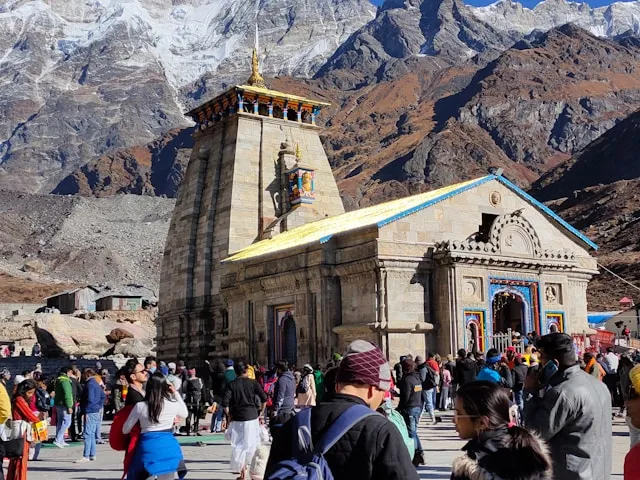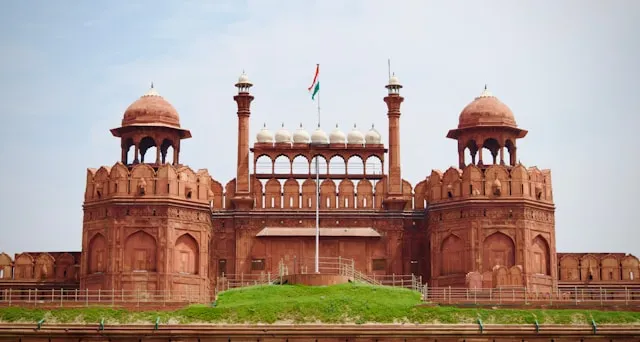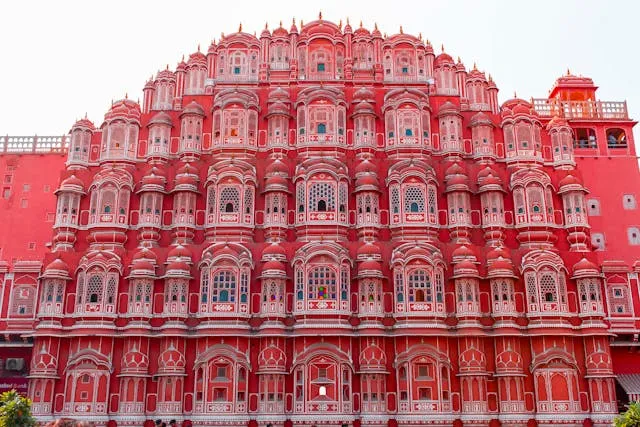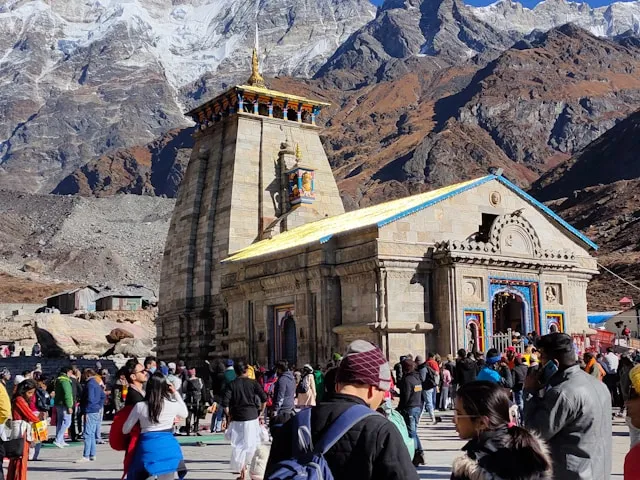Sabarimala Temple Travel Guide
Sabarimala Temple
About Sabarimala Temple Travel Guide
Destination Overview - Sabarimala Temple
Sabarimala Temple, located in the Western Ghats of Kerala, is one of India’s most revered pilgrimage sites dedicated to Lord Ayyappa. Set amidst dense forests and hills, the temple attracts millions of devotees every year, especially during the Mandala-Makaravilakku season. Known for its unique 41-day vratham (penance) and strict pilgrimage rituals, Sabarimala stands out as a symbol of spiritual discipline and devotion. The temple’s remote and serene location enhances its sacredness, making it a must-visit destination for spiritual seekers.
Top Attractions & Places to Visit - Sabarimala Temple
Sanctum Sanctorum: Houses the idol of Lord Ayyappa, the focal point of worship.
Pathinettam Padi (Eighteen Holy Steps): The sacred staircase that pilgrims climb as part of their journey.
Pampa River: A holy river where devotees take ritual baths before ascending to the temple.
Malikappuram Temple: Dedicated to Goddess Malikappurathamma, located near the main temple.
Nearby Attractions: Periyar Wildlife Sanctuary and Vagamon hill station for nature and adventure lovers.
Best Time to Visit - Sabarimala Temple
The pilgrimage season peaks during the Mandala season (mid-November to mid-January) and the Makaravilakku festival (January 14-16). Other favorable times include the Vishu festival in April and special religious occasions.
How to Reach - Sabarimala Temple
Air: The nearest airports are Cochin International Airport and Trivandrum International Airport.
Rail: Chengannur and Thiruvalla are the closest railway stations.
Road: Well-connected via buses and taxis from Pathanamthitta and Pampa.
Local Transport: Shuttle buses and trekking routes lead pilgrims from Pampa to the temple.
Accessibility for Differently-Abled Travelers - Sabarimala Temple
Due to the challenging terrain and the tradition of trekking the Pathinettam Padi, accessibility is limited. Assistance is available at certain points, but physical fitness is essential for completing the pilgrimage.
Things to Do & Experiences - Sabarimala Temple
Observe the traditional 41-day vratham and participate in the pilgrimage rituals.
Attend the evening poojas and witness the spectacular Makaravilakku light ceremony.
Trek through the scenic forest paths leading to the temple.
Visit the nearby Malikappuram Temple and explore the surrounding natural beauty.
Experience the profound communal devotion during the festival season.
Accommodation Options - Sabarimala Temple
Temporary pilgrims’ shelters (sarais) and basic accommodations are available during the pilgrimage season. Nearby towns offer guesthouses, lodges, and hotels for comfortable stays.
Local Cuisine & Dining - Sabarimala Temple
Simple vegetarian meals are served at pilgrim centers and eateries around Pampa and Sannidhanam. Popular dishes include traditional Kerala staples like puttu, appam, and rice with sambar.
Travel Tips & Safety - Sabarimala Temple
Follow the prescribed vratham and temple customs carefully.
Carry minimal luggage and stay hydrated during the trek.
Wear comfortable clothing suited for trekking and spiritual observance.
Respect local traditions and follow the guidance of temple authorities.
Avoid plastic use and maintain cleanliness throughout your journey.
Weather Details & Packing Suggestions - Sabarimala Temple
Winter (November to January): Mild and pleasant; pack light woolens for the evenings.
Summer (February to April): Warm weather; light cotton clothing is recommended.
Monsoon (June to September): Heavy rains; trekking is challenging; carry rain gear.
Currency Exchange & Banking Facilities - Sabarimala Temple
ATMs and basic banking services are available in nearby towns like Pathanamthitta and Pampa. Digital payments are accepted at some pilgrim centers.
Connectivity & SIM Card Info - Sabarimala Temple
Mobile network coverage is patchy near the temple due to the forest terrain but generally available in surrounding towns. Major telecom providers such as Jio, Airtel, and Vodafone serve the region.
Itinerary Suggestions - Sabarimala Temple
1-Day: Visit Pampa, perform rituals, and begin the trek to the temple.
2-Days: Complete the pilgrimage, visit Malikappuram Temple, and rest in pilgrim centers.
3-Days: Explore nearby attractions like Periyar Wildlife Sanctuary and Vagamon hill station.
Nearby Destinations to Explore - Sabarimala Temple
Periyar Wildlife Sanctuary: Known for diverse flora and fauna.
Vagamon: A serene hill station famous for trekking and natural beauty.
Pathanamthitta: A cultural town with religious significance.
Thenmala: An eco-tourism spot offering adventure activities.
Shopping & Souvenirs - Sabarimala Temple
Buy religious items such as camphor, holy ash, beads, and souvenirs related to Lord Ayyappa from stalls along the pilgrimage route.
Cultural & Historical Background - Sabarimala Temple
Sabarimala Temple traces its origins to ancient Tamil and Kerala traditions worshipping Lord Ayyappa. The temple is a unique blend of asceticism and nature worship, symbolizing spiritual discipline and unity among devotees.
Best Transport Options - Sabarimala Temple
Shuttle buses and taxis operate between towns and Pampa. Trekking remains the traditional way to reach the temple.
Nearest Railway Station - Sabarimala Temple
Chengannur and Thiruvalla railway stations are the nearest major railheads.
FAQs About Sabarimala Temple
When is Sabarimala Temple open for pilgrimage?
Primarily during the Mandala season (November to January) and the Makaravilakku festival.
Who is allowed to visit the temple?
Traditionally, men aged 10-50 are permitted, although recent rulings have allowed women of all ages.
How can I reach Sabarimala Temple?
Via Cochin or Trivandrum airports, Chengannur or Thiruvalla railway stations, and road transport to Pampa.
Are accommodations available nearby?
Yes, pilgrim shelters and hotels are available in nearby towns.
Is the trek to the temple difficult?
The trek requires moderate fitness due to the terrain and number of steps.
Sustainability & Responsible Tourism - Sabarimala Temple
Pilgrims are encouraged to respect the environment by avoiding littering, using biodegradable materials, and following guidelines to preserve the natural and spiritual sanctity of the region.
Need a Sabarimala Temple Travel Guide Customized Itinerary?
Let us create your perfect Sabarimala Temple Travel Guide journey

Gallery
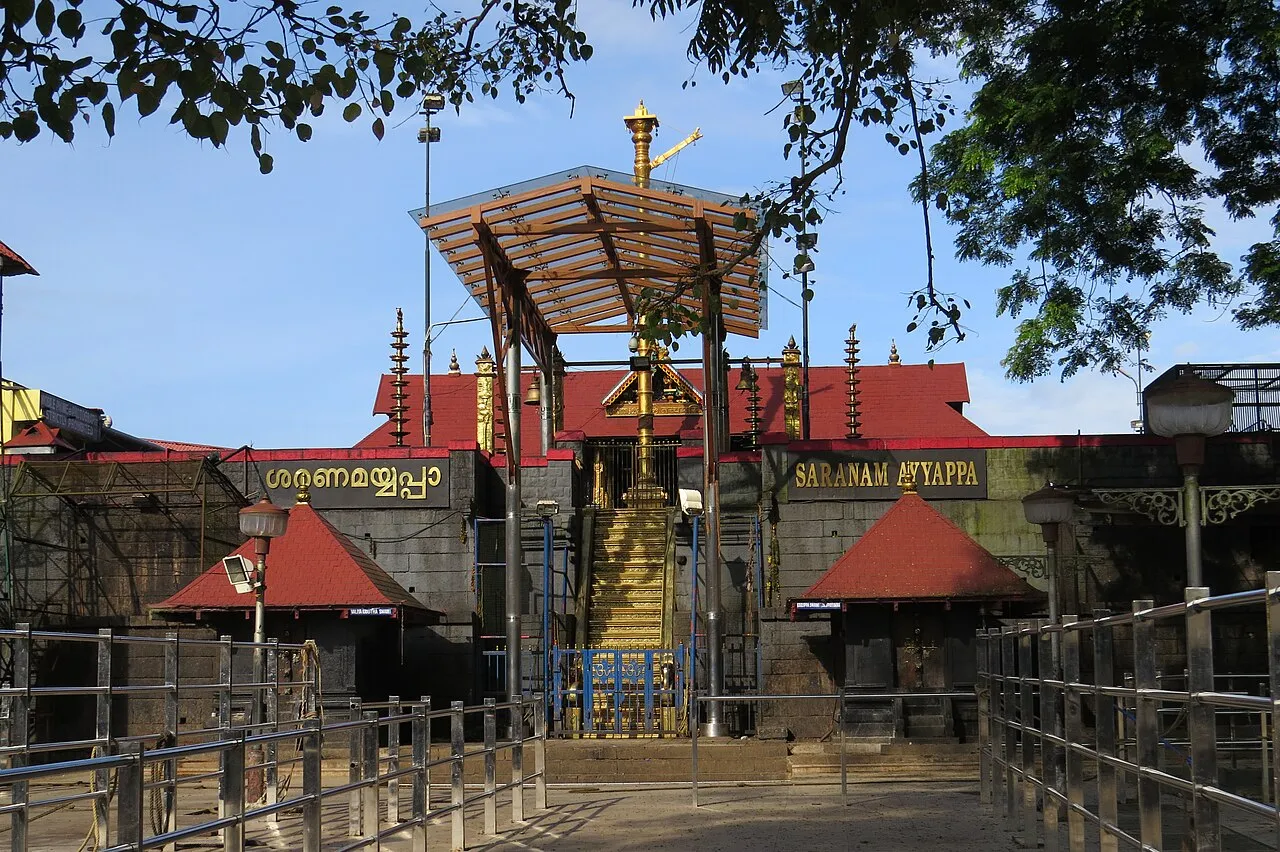
Weather
Location Map
Sabarimala Temple
Latest Blog Posts
Latest News: Sabarimala Temple Kerala | Sabarimala Temple Travel Guide – Pilgrimage Route, Timings, Rituals & Tips
What Our Travelers Say
Real experiences from our valued customers
"Bali was an absolute dream! The temples, beaches, and serene atmosphere gave us the ultimate break. Everything from the flights to the activities was well taken care of!"
Anjali Verma ( Jaipur, India)
"Our pilgrimage to the Sabarimala temple was filled with peace and grace. I couldn’t have asked for a better journey."
Amit Choudhury (Mumbai, India)
"Thank you for the smooth and seamless arrangements for our Amritsar trip. The Golden Temple is as magnificent as everyone says."
Arvind Kumar (Bangalore, India)
"The trip to Amritsar was life-changing. The team did an amazing job at organizing everything. The Golden Temple is magical."
Victor Martinez (Madrid, Spain)
"The Somnath Darshan trip was incredible! Great accommodations, fantastic guides, and an overall peaceful experience."
Arun Mehta (Gurgaon, India)
"Went to Rishikesh for a spiritual getaway. The arrangements were superb, and I felt so connected with the divine."

